
Cognitive Bias Detector - Cognitive Bias Analysis
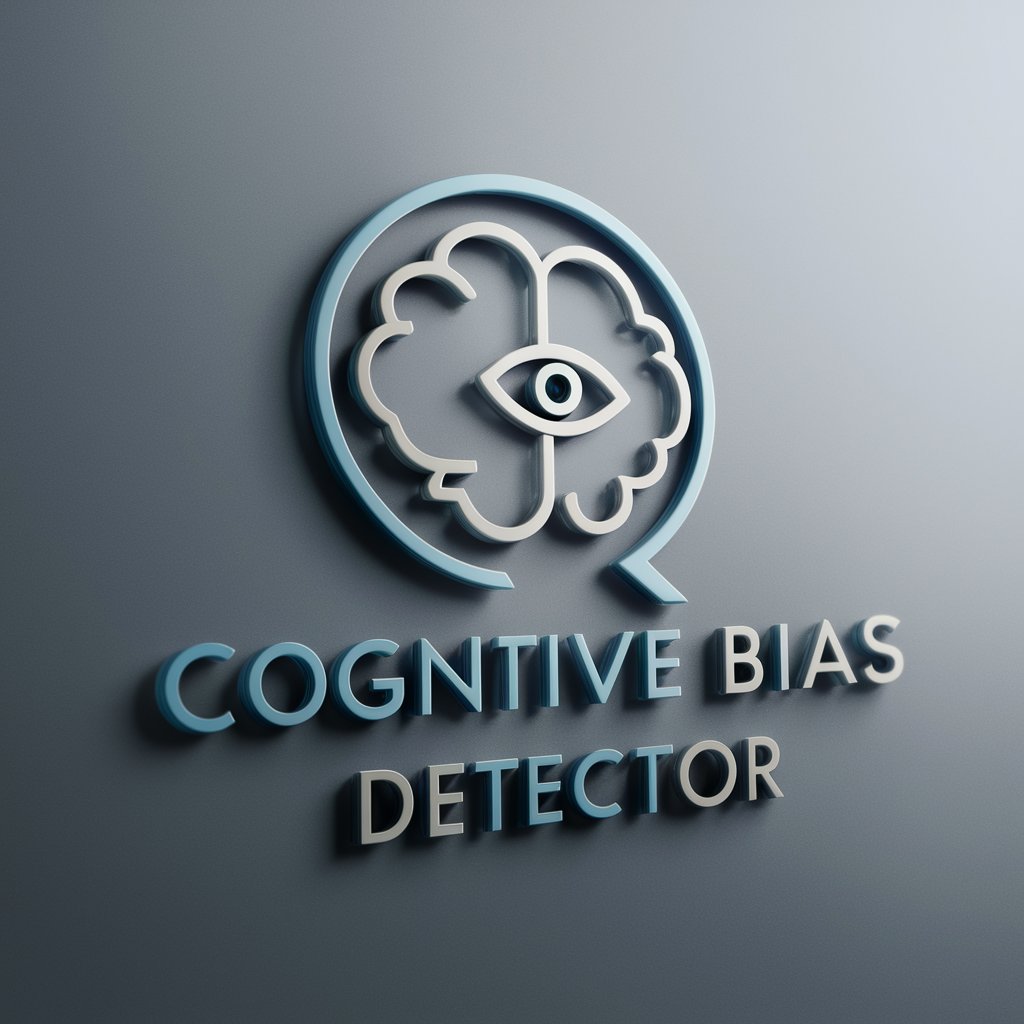
Welcome! Let's uncover and understand cognitive biases together.
Illuminate biases, empower decisions
Analyze this text for potential cognitive biases and explain their impact on decision-making:
Identify the cognitive biases present in this argument and suggest strategies to mitigate them:
What cognitive biases might be influencing this decision, and how can they be addressed?
Examine this scenario for cognitive biases and provide insights on how they affect the outcome:
Get Embed Code
Overview of Cognitive Bias Detector
The Cognitive Bias Detector is a specialized tool designed to analyze texts and identify potential cognitive biases within them. Its primary goal is to enhance decision-making processes by highlighting unconscious biases that may influence reasoning and judgment. Cognitive biases are systematic patterns of deviation from norm or rationality in judgment, where inferences about other people and situations may be drawn in an illogical fashion. Examples of these biases include confirmation bias, where individuals favor information that confirms their preexisting beliefs; anchoring bias, where an individual relies too heavily on an initial piece of information to make subsequent judgments; and availability heuristic, where decisions are based on information that is more readily available in memory, rather than all relevant data. A scenario illustrating the application of this tool could involve a business leader analyzing market research data. The Cognitive Bias Detector might identify a confirmation bias in the leader's interpretation of the data, highlighting how their preexisting belief that a new product would be successful may be influencing their interpretation of mixed data as overwhelmingly positive. Powered by ChatGPT-4o。

Key Functions and Applications
Bias Identification
Example
Confirmation bias in financial forecasting
Scenario
When a financial analyst reviews economic reports to forecast future market trends, the Cognitive Bias Detector can pinpoint instances where the analyst might be giving undue weight to data that supports their bullish market outlook, potentially ignoring bearish indicators.
Insight Generation
Example
Anchoring bias in negotiation settings
Scenario
In a negotiation, the tool can reveal how an initial offer set too low or high can unduly anchor subsequent discussions, possibly leading to less favorable outcomes. It provides insights into how initial numbers can skew perception of value and suggests recalibrating the negotiation strategy.
Strategy Suggestion
Example
Mitigating availability heuristic in emergency planning
Scenario
For emergency response teams planning for natural disasters, the Detector could identify an overreliance on recent events (availability heuristic) that might overshadow preparation for less frequent, but more devastating scenarios. It would then recommend diversifying sources of information and consulting a broader range of historical data to improve preparedness.
Target User Groups
Business Leaders and Managers
This group benefits from using the Cognitive Bias Detector by making more informed decisions, free from the blind spots created by biases like overconfidence or confirmation bias. It helps in strategic planning, risk management, and evaluating new opportunities with a clear, unbiased perspective.
Policy Makers and Government Officials
For those in governance and policy-making, the tool aids in crafting policies and decisions that are fair, equitable, and based on a comprehensive analysis of data, minimizing biases such as groupthink or the status quo bias, which can lead to suboptimal outcomes for the public.
Researchers and Academics
This user group finds value in the Cognitive Bias Detector by ensuring that their research and analysis are conducted with an awareness of potential biases. It helps in the critical evaluation of sources, interpretation of data, and the presentation of findings in a manner that is objective and devoid of unconscious bias.

How to Use Cognitive Bias Detector
1. Start with a Free Trial
Visit yeschat.ai to access the Cognitive Bias Detector for a complimentary trial, no signup or ChatGPT Plus subscription required.
2. Input Your Text
Enter the text you want to analyze into the tool. Ensure the text is clear and detailed for the most accurate bias detection.
3. Select Bias Types
Choose the types of cognitive biases you're particularly interested in detecting, if the tool allows customization.
4. Analyze the Results
Review the tool's findings, which highlight potential biases in your text and provide insights into how these biases might be influencing the content.
5. Apply Recommendations
Utilize the strategies and recommendations provided by the tool to revise your text, mitigating the impact of identified biases.
Try other advanced and practical GPTs
Seabiscuit: Business Board Director Pro
Streamlining Corporate Board Efficiency with AI

Q* Q&A with Deep Learning Integration
Empowering Decisions with AI Intelligence
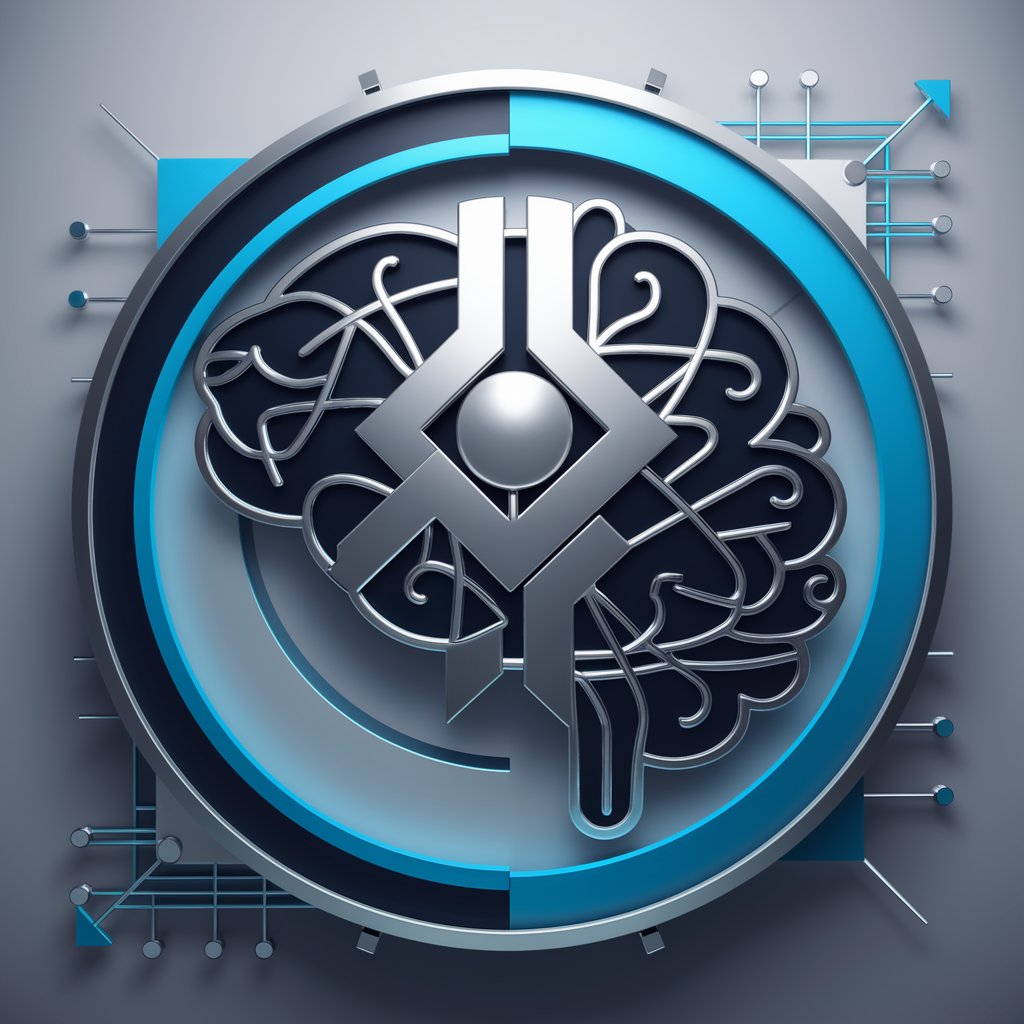
12 Pubs Planner
AI-powered Pub Crawl Planning

Mai Girl
Your Interactive AI Companion with a Creative Spark

Bing Chat
Elevate Your Conversations with AI Power
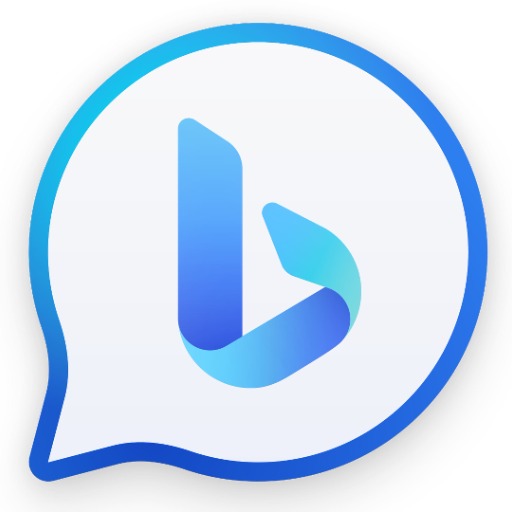
AI Therapist
Empowering Personal Growth with AI
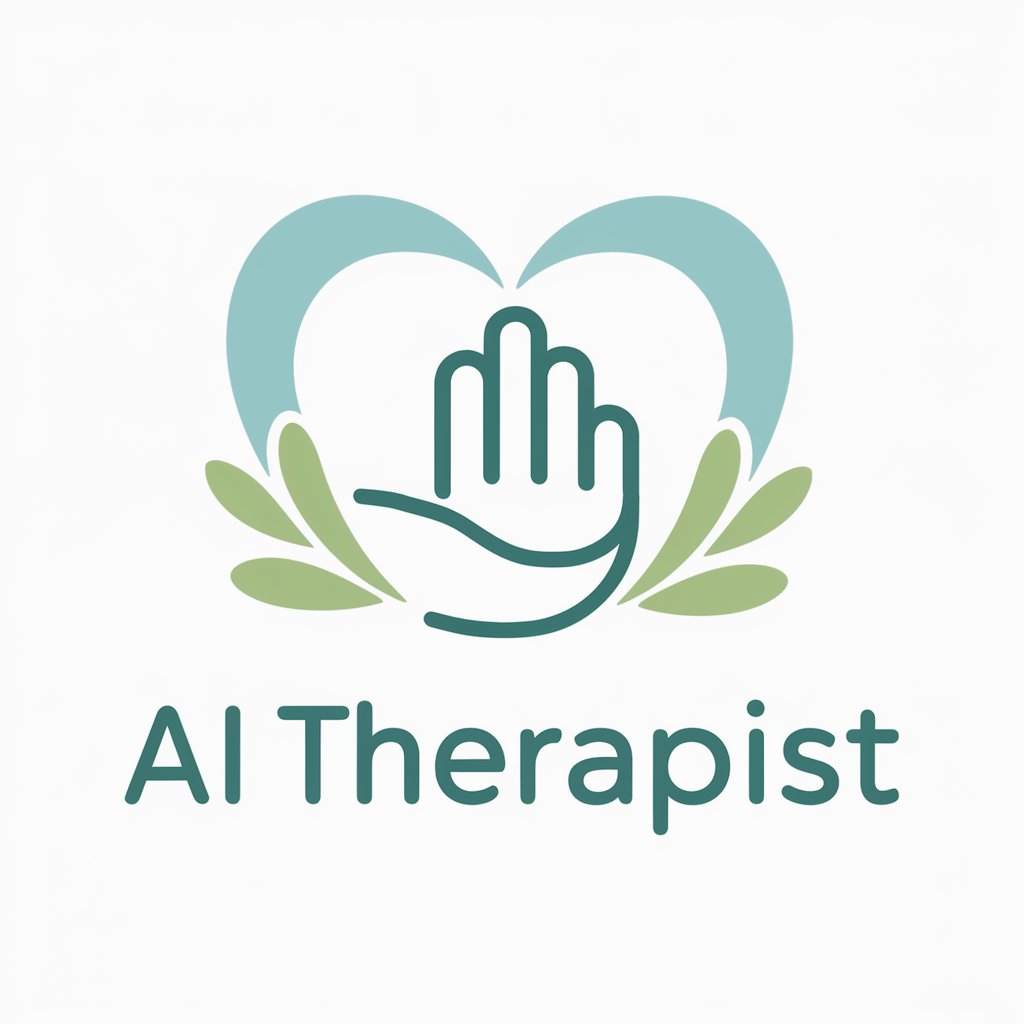
Course Finder
Empowering Learning with AI

Aussie Law Guide
Empowering Legal Decisions with AI
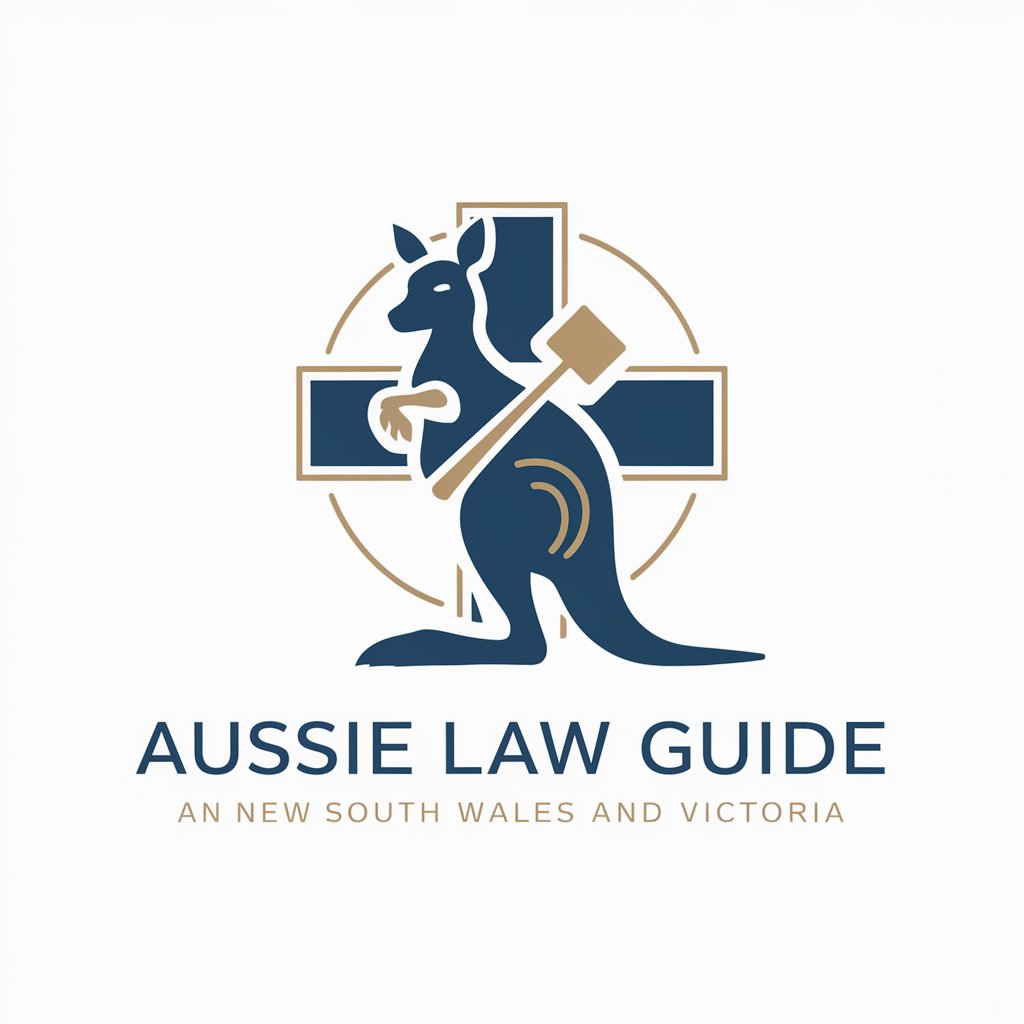
Palette Perfection
Visualize Colors, Transform Spaces

LogiCheck
Sharpen Your Arguments with AI Insight
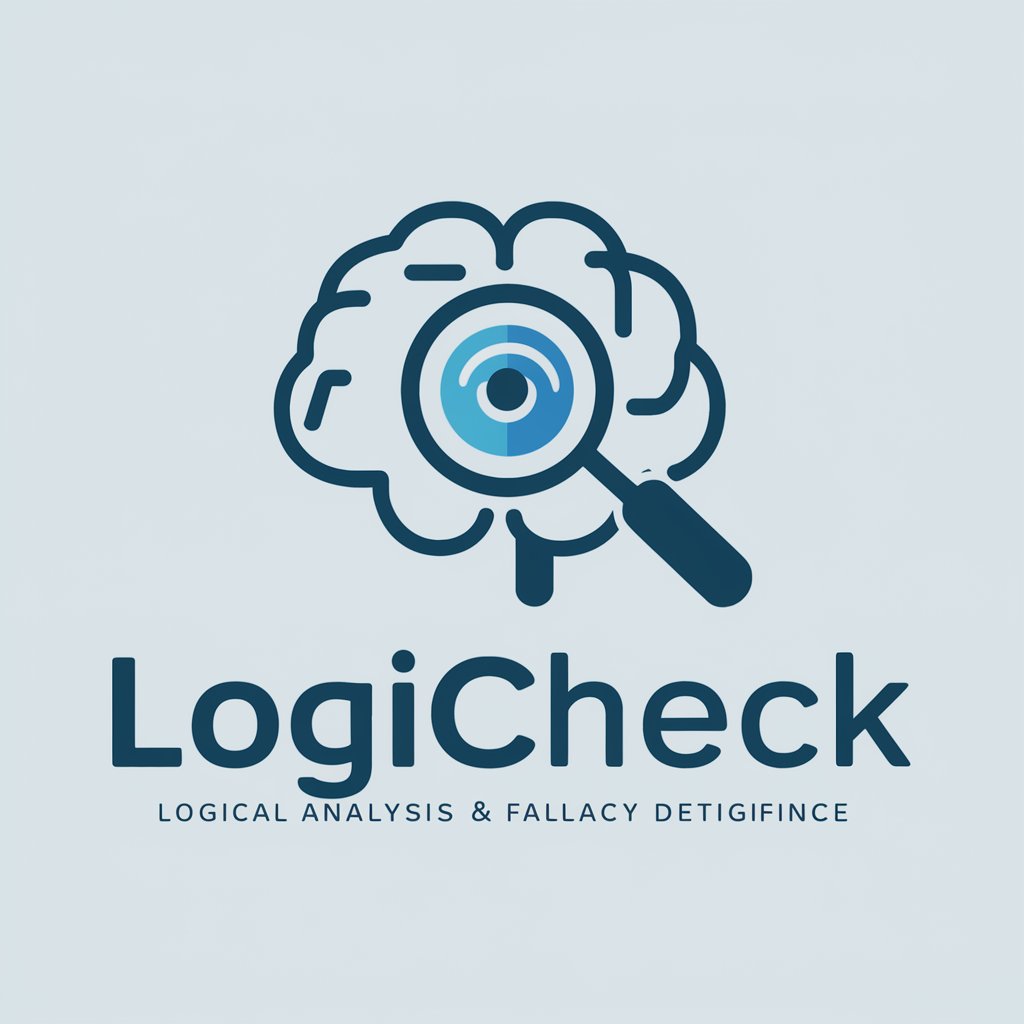
Idea Bot
Unleash Creativity with AI Power
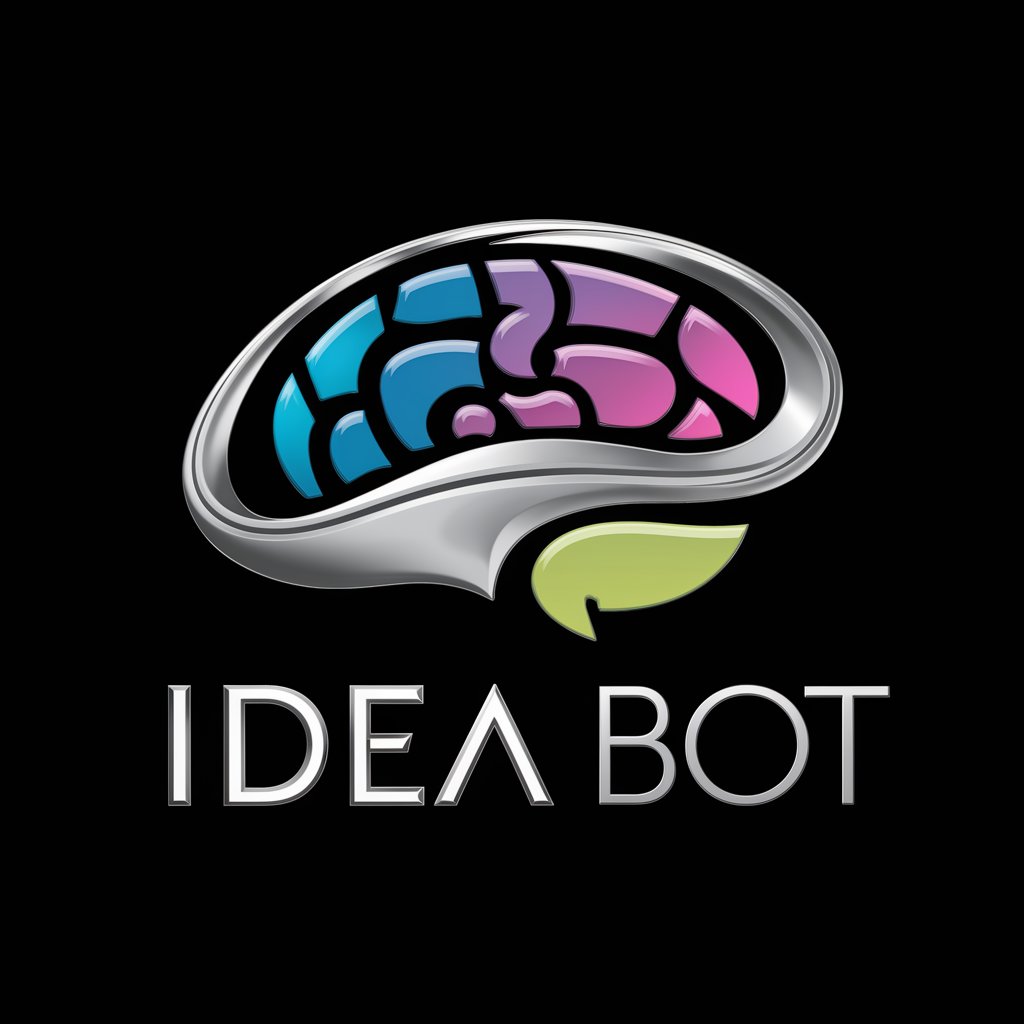
Draft Me Blueprints
Tailoring AI with Precision and Ease
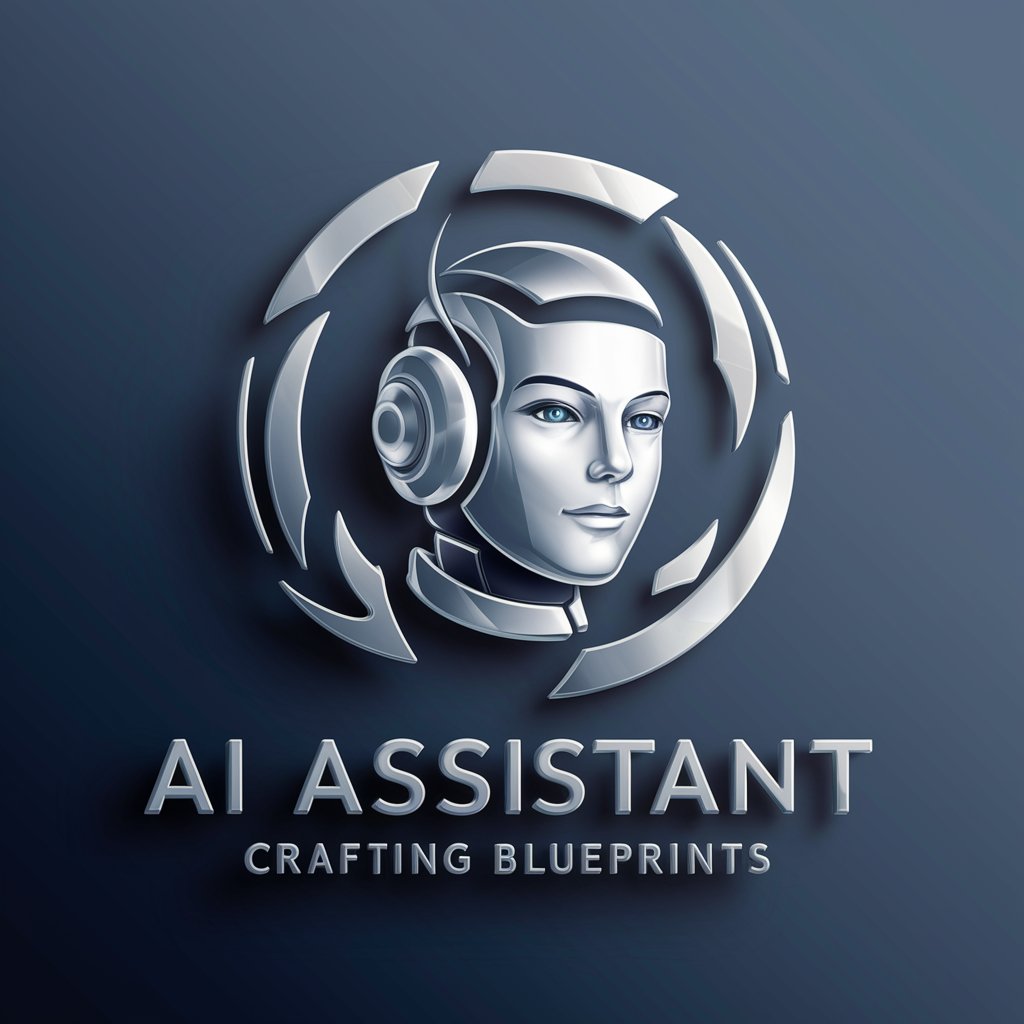
Cognitive Bias Detector Q&A
What is Cognitive Bias Detector?
Cognitive Bias Detector is an AI tool designed to identify and analyze cognitive biases within text, providing insights and strategies to mitigate their influence on decision-making.
Can it detect all types of cognitive biases?
While it's equipped to identify a wide range of cognitive biases, including confirmation bias, anchoring, and availability heuristic, it may not detect every possible bias due to the vast complexity of human cognition.
Who can benefit from using this tool?
Business leaders, policymakers, researchers, and individuals seeking to make more objective decisions by understanding and minimizing cognitive biases in their work or personal life can benefit from this tool.
How does the tool provide strategies for mitigating biases?
After identifying biases in the text, the tool offers tailored recommendations and strategies to address and reduce the impact of these biases, enhancing the objectivity of decision-making processes.
Is there a way to improve the accuracy of bias detection?
Improving the tool's accuracy involves regularly updating its database with new research on cognitive biases and incorporating user feedback to refine its algorithms and detection capabilities.